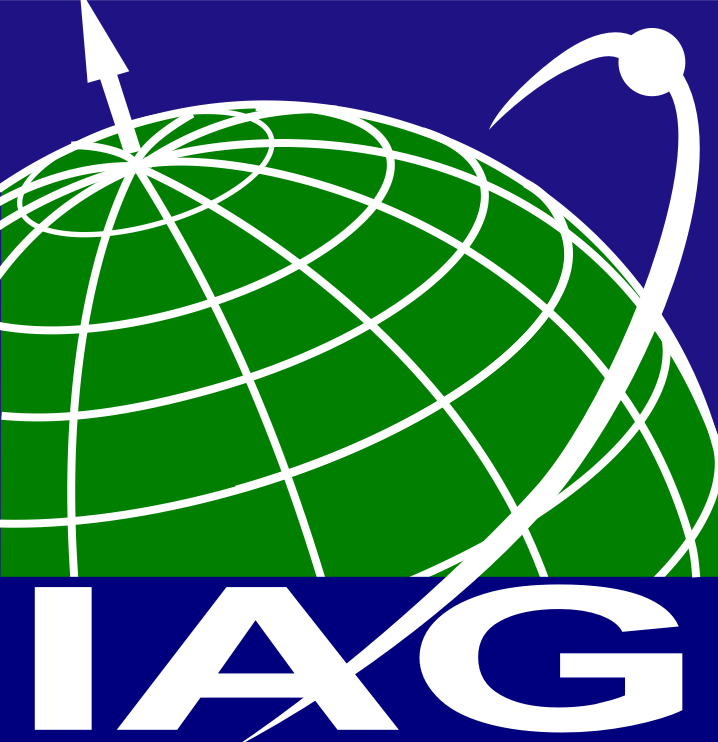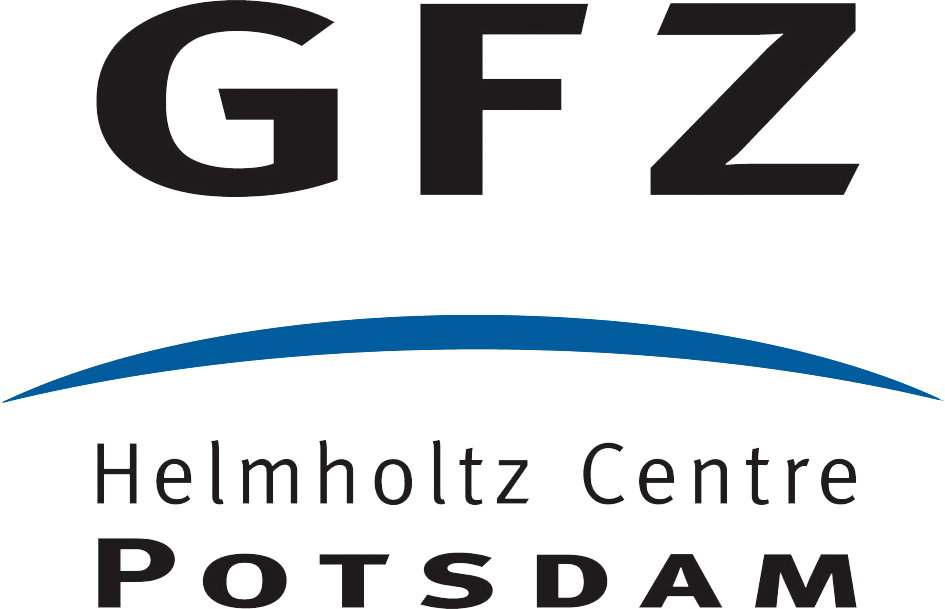 Released
Released Dataset
DatasetThe polar extended gravity field model TIM_R6e
Cite as:
Zingerle, Philipp; Brockmann, Jan Martin; Pail, Roland; Gruber, Thomas; Willberg, Martin (2019): The polar extended gravity field model TIM_R6e. GFZ Data Services. https://doi.org/10.5880/ICGEM.2019.005Status
I N R E V I E W : Zingerle, Philipp; Brockmann, Jan Martin; Pail, Roland; Gruber, Thomas; Willberg, Martin (2019): The polar extended gravity field model TIM_R6e. GFZ Data Services. https://doi.org/10.5880/ICGEM.2019.005 Abstract
Abstract
TIM_R6e is an extended version of the satellity-only global gravity field model TIM_R6 (Brockmann et al., 2019) which includes additional terrestrial gravity field observations over GOCE's polar gap areas. The included terrestrial information consists of the PolarGap campaign data (Forsberg et al., 2017) augumented by the AntGG gravity data compilation (Scheinert et al., 2016) over the southern polar gap (>83°S) and the ArcGP data (Forsberg et al. 2007) over the northern polar gap (>83°N). The combination is performed on normal equation level, encompassing the terrestrial data as spectrally limited geographic 0.5°x0.5° grids over the polar gaps. Processing procedures: (extending TIM_R6)
Gravity from orbits (SST): (identical to TIM_R6)
- short-arc integral method applied to kinematic orbits, up to degree/order 150
- orbit variance information included as part of the stochastic model, it is refined by empirical covariance functions
Gravity from gradients (SGG): (identical to TIM_R6)
- parameterization up to degree/order 300
- observations used: Vxx, Vyy, Vzz and Vxz in the Gradiometer Reference Frame (GRF)
- realistic stochastic modelling by applying digital decorrelation filters to the observation equations; estimated separately for individual data segments applying a robust procedure
Gravity from terrestrial observations (TER):
- collocation of the original terrestrial data sources onto 30'x30' geographic gravity disturbance grids (in the polar gap areas above 83° southern/northern latitude, thus forming a pair of polar caps)
- spectral limitation of the data to D/O 300 within the collocation process
- the chosen grid is fully compatible with the grid of the zero observation constraints of the original TIM_R6 model. In its function it replaces the original constraints
- from the collocated polar caps, a partial normal equation system, up to D/O 300 is derived
Combined solution:
- addition of normal equations (SST D/O 150, SGG D/O 300, TER D/O 300)
- Constraints: * Kaula-regularization applied to coefficients of degrees/orders 201 - 300 (constrained towards zero, fully compatible with TIM_R6)
- weighting of SST and SGG is identical to TIM_R6. All TER observations are weighted with 5 mGal.
Specific features of resulting gravity field:
- Gravity field solution is (mostly) independent of any other gravity field information (outside the polar gap region)
- Constraint towards zero starting from degree/order 201 to improve signal-to-noise ratio
- Related variance-covariance information represents very well the true errors of the coefficients (outside the polar gap region)
- Solution can be used for independent comparison and combination on normal equation level with other satellite-only models (e.g. GRACE), terrestrial gravity data, and altimetry (outside the polar gap region)
- Since in the low degrees the solution is based solely on GOCE orbits, it is not competitive with a GRACE model in this spectral region (outside the polar gap region)
- In comparison to TIM_R6, TIM_R6e should deliver more accurate results, especially towards the polar gaps. However, as it uses additional data sources it cannot be seen as totally independent anymore: even outside the polar gap regions correlations (introduced by the holistic nature of spherical harmonics) may be found.
Authors
Contact
- Zingerle, Philipp; Institute of Astronomical and Physical Geodesy, Technical University of Munich, Germany;
Contributors
Ince, Elmas Sinem; Reißland, SvenKeywords
global gravitational model, ICGEM, GOCE, PolarGap, geodesyGCMD Science Keywords
Location
Please, click on markers, line or bounding boxes to see related details in popup.
To explore to full geographic extent of the map please click and drag the map.



 Files
Files